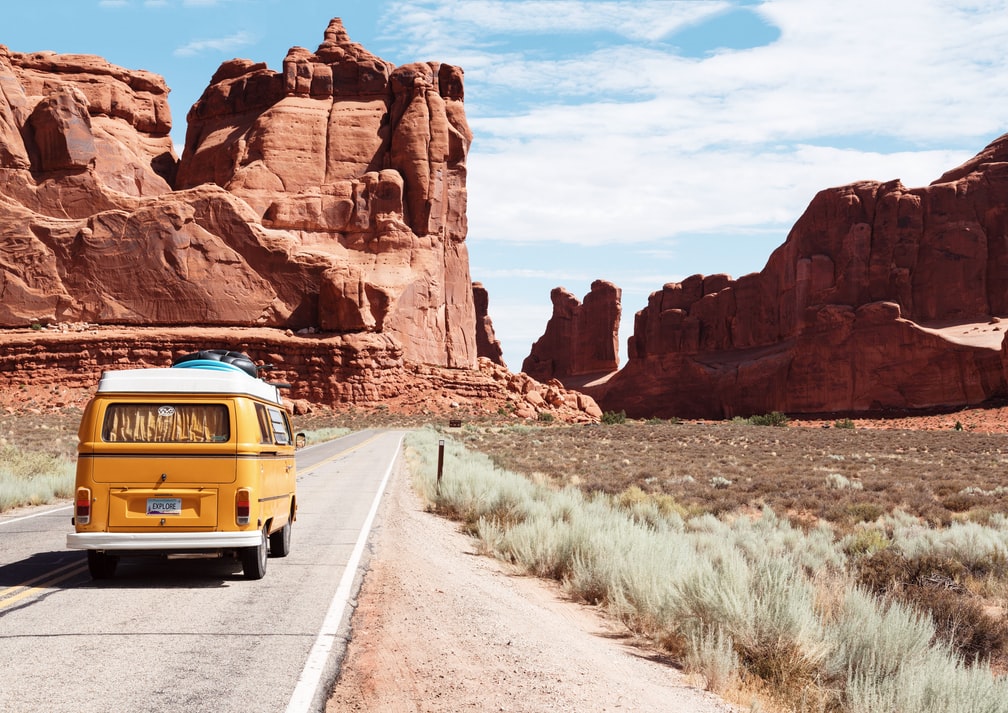The spread of COVID-19 has resulted in the decimation of the entire travel industry. Many nations keep their borders locked, while others have imposed compulsory quarantine periods for all travelers. Fear is still widespread.
The Travel Industry has seen a fair amount of upsets in the past. Be it the 9/11 tragedy, or the Great Recession, and it has always come out stronger and flourished. COVID-19 crisis is an unprecedented situation that has hit the travel and hospitality industry a direct blow. With no economic model that could predict the end of the coronavirus, no one can say when would the travel industry heal.
Travel brands are having a tough time finding solutions for the short term while keeping the path clear for long-term goals. The question of the most significant importance for them is, “How can the travel and hospitality industry be future-ready?”. In this article, we would discuss a few ways travel brands are engaging customers to retain them for the future.
Re-Strategize Your Travel Marketing
- Get your Communication and Marketing Tone Right
The audience is more than likely to be confused and overwhelmed amid the pandemic. With the travel restrictions and the economic turmoil, it is essential for you to hit the right tone during your marketing and sales pitch. Make sure that all customer engagement from your end is respectful and sensitive.
- Collaborate with other brands to grow together
Brands do compete for their share in the market. But today, all brands are facing a setback. It is the perfect time to collaborate with other brands and ensure that a mutually beneficial and collective approach is adopted. A small rise in the tide can lift all the boats in one go.
- Get your Brand Positioning Right
During this crisis, don’t chase after conversions. People are more than likely never to trust your brand again if you don’t address their issues first. Find ways to comfort people during such testing times. Provide your customers with valuable information. This will come handy in building brand recognition. You can expect more sales post the COVID-19 situation if people recognize your brand.
- Re-evaluate Your target Audience
With a change in your marketing strategy, you would have to select a more specific target audience. With the fear of COVID-19 still widespread, it is more than likely that the number of older people traveling would decline, with them being more susceptible to infection. The younger audience has to be targeted once travel restrictions are lifted. To be able to reach the target audience, we might as well see innovative marketing strategies. For example, Instagram Marketing has emerged as a new trend to reach people who actively use the platform.
Also, new customer acquisition might get difficult. So, the best way forward would be to target the customers who are more than likely to engage. Also, people who had bookings but could not travel should be given special attention. Communication with concerned travelers would help in retaining their trust.
- Emphasize on The Well-Being of the Travellers
Wellness and health practices will be an absolute necessity post-COVID-19 situation. Ensuring the well-being of travelers would be one of the primary concerns for all travel brands. The implementation of “No-Contact” travel is essential to curb the spread of the virus.
Digital Payments, which have been around for quite a few years, will see a spike in adoption. Also, digital check-ins would increase, as it would let people skip the queues and avoid contact. The use of AI and other digital technology in the travel industry will not only ensure the traveler’s well-being but also of the employees.
Popular Tourist Destinations Shifting to Online Experiences
The blow to the travel industry has made tour operators rethink their strategies. With zero customer footfall, operators have started Virtual Tours, which you can enjoy from the safety of your home.
Virtual tourism helps operators stay in business. This has allowed them to keep the revenues flowing amidst the coronavirus scare. Also, people who have to stay indoors get entertained. They get to see popular tourist destinations in a fraction of the price they would have to shell out to visit the places physically.
You can get to see the famous painting Mona Lisa up close in the Virtual Tour of The Louvre. This legendary Museum of France is one of the most searched virtual tours on Google. Disney World has also come up with a virtual tour to its magical kingdom. With the use of Virtual Reality (VR) and Augmented Reality (AR), virtual tours provide an unforgettable experience for all.
- Hotels Being Used as Quarantine Facilities
Hotels have been lying vacant since the spread of the virus. With zero revenues, many of the hotels faced the threat of shutting down. However, many hoteliers used this opportunity to give back to society. They opened their doors for people who needed a place to quarantine themselves away from their families. They also offered positive-tested individuals access to health-care facilities.
Also, hoteliers have come forward to provide their facilities to the local healthcare professionals who have to stay away from their families to avoid the spread of the virus.
- Post COVID-19 Scenes
For most of us, the pandemic has changed the way we lived. With social distancing and maintaining personal hygiene becoming the new normal, we don’t yet know what the future holds for the travel industry. It is expected that at least for the next few years, domestic travel would have greater significance. The business owner will need to do travel marketing in a very different way. The selling point will be hygiene and safety while traveling.
However, the travel industry has seen many upsets in the past. It is one of the resilient industries, as it has stood the test of time. If brands use the time well to build the trust of the audience, they will start ahead of their competitors when the travel restrictions ease.
